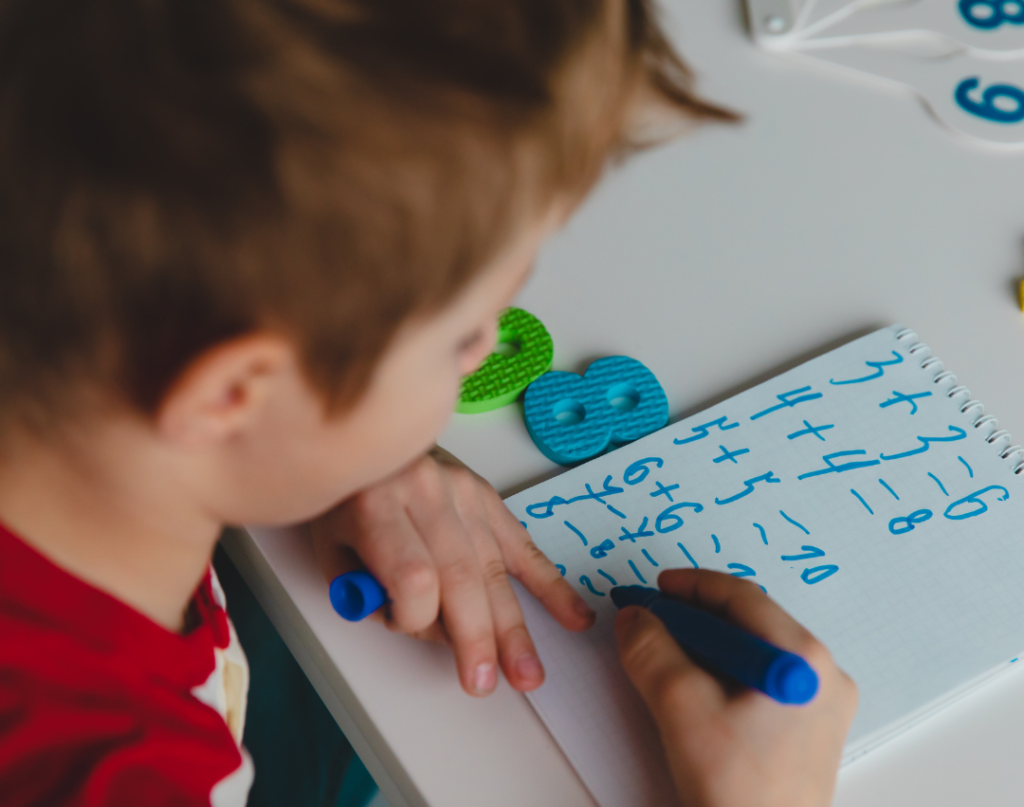
When your child gets home from school, it can be overwhelming to coordinate doing homework, having free time, and going to after-school activities. This can be especially challenging for children with language delays or attention differences! Here are some tips to help you and your child plan after school time to help decrease stress and increase independence and success. This can be used with children ages elementary through high school age!
Make a List
- Take a look at your child’s assignment notebook or online assignment platform. Make a list of the assignments for that day, as well as those due later in the week (such as a project or reading assignment that needs to be worked on a little each day). Add in any after-school activities, such as dance class, volleyball practice, piano lessons, or other things your child likes to do after school (such as play video games, go to a friend’s house, watch TV, read a book, etc.)
Timing
- Next to each item, write an estimate of how long each will take such as 30 minutes or 2 hours. Help your child be realistic with the time estimates. Don’t forget to factor in if you need extra time to commute from your activity, shower after practice, or any other less obvious time considerations.
Prioritize
- Once your list and time estimates are complete, decide which tasks are the most important and need to be completed that day. Help your child identify list items that are a “need to do” vs “want to do”. Remind them that some days have more “need to do” tasks so they may have to save the “want to do” tasks for another day. Sometimes it’s helpful to cut out each task on the list so you can move them around more easily while making the schedule.
Add Breaks
- Break time is important too! If your child is moving from one task to the next without a snack or movement break, he/she will likely become less and less productive so tasks will take longer than they should. A good goal is to work for 30 mins and then take a break to walk around the house/block, play with the dog, or have a snack.
Set a Timer
- Once the schedule is complete, use a timer to help your child know when each task is finished. This will support more independence so your child can move on to the next task on the schedule without reminders from an adult.
Hopefully these tips can help your child plan their after school time more efficiently while reducing stress and identifying priorities. For more back to school tips, check out our blog on adjusting back-to-school sleep schedules or download our preparing for school social story.
Written by Megan Daly, M.A. CCC-SLP

